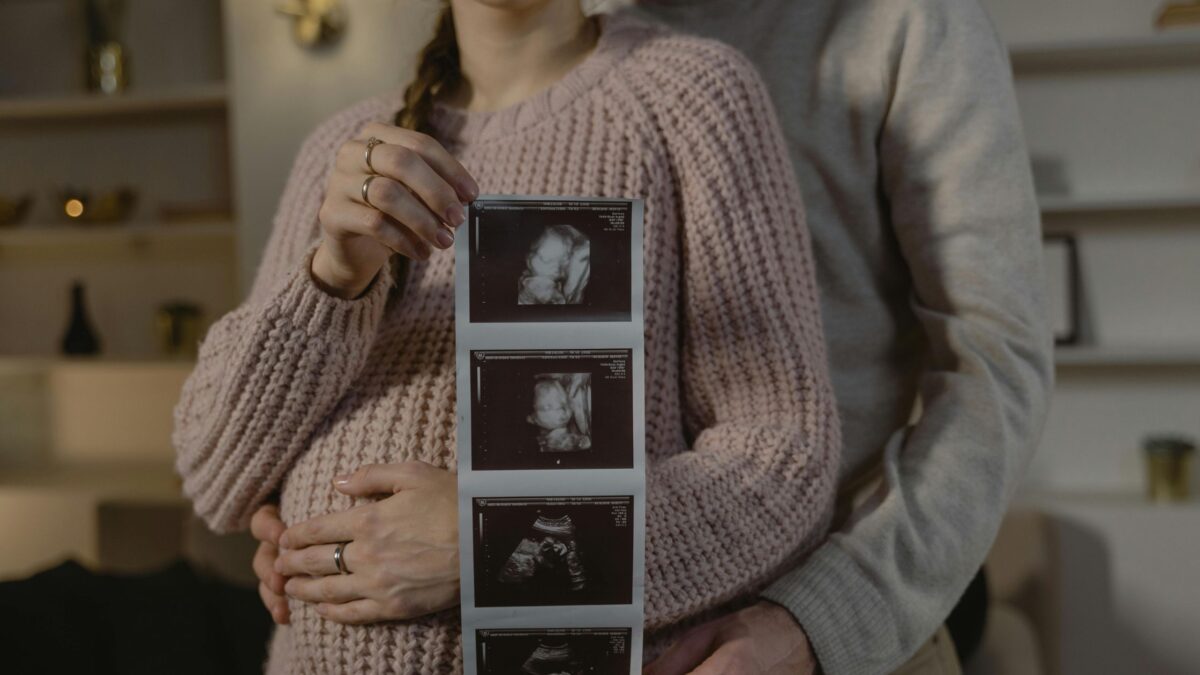This Monday, the Trump administration announced that it is officially supporting The Pain-Capable Unborn Child Protection Act, a House bill that would ban abortions after 20 weeks, the point at which unborn children can feel pain.
Kevin McCarthy, House Majority Leader, announced last week that the House would vote on H.R. 36 today, October 3rd. He said the legislation “will protect the voiceless, the vulnerable, and the marginalized… those children who science has proven can feel pain, and give them a chance to grow and live full and happy lives. We have an obligation to speak and defend for those who can’t speak for themselves.”
If the legislation passes the House, it will move to the Senate, where it will likely face opposition from the Senate Democrats. The legislation requires 60 votes to pass, and currently, Republicans hold 52 seats.
Planned Parenthood has taken to social media in protest of the legislation, which would obviously harm their bottom-line as an abortion business.
Tweeting that the 20-week ban is “unpopular” is just another clear attempt to brainwash their followers into believing lies.
“But wait, if @PPact tweeted about it, it must be true!” Think again.
According to a recent Marist poll, almost 6 in 10 Americans (59 percent) supported this legislation, with an exception of when the life of the mother is at stake. Making the 20-week ban quite literally popular.
So why does Planned Parenthood think it can just straight up lie to us? Well, probably because we, as a society, have bought into it before—time and time again—and it’s worked. For the past 100 years, they’ve sold America lies…
- Lies about their founder Margaret Sanger.
- Lies about abortion’s effects on women.
- Lies about their finances and services.
- Lies about what it means to be a feminist.
- Lies about pregnancy resource centers.
Lies, lies, and more lies.
So whether you are pro-life or pro-choice, you should be pretty upset that an organization that receives $500 million a year in taxpayer money is lying their pants off. On top of that, if you haven’t already, you should join the ranks with the majority of Americans who oppose harming innocent human beings who can feel pain in the womb.
And despite how hard they may try, please don’t let Planned Parenthood lie to you again.













